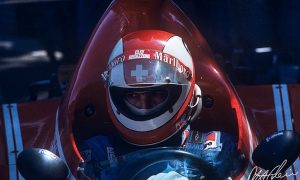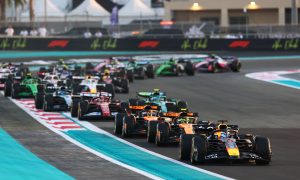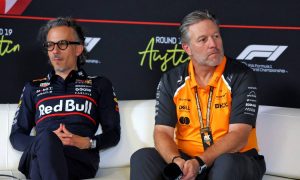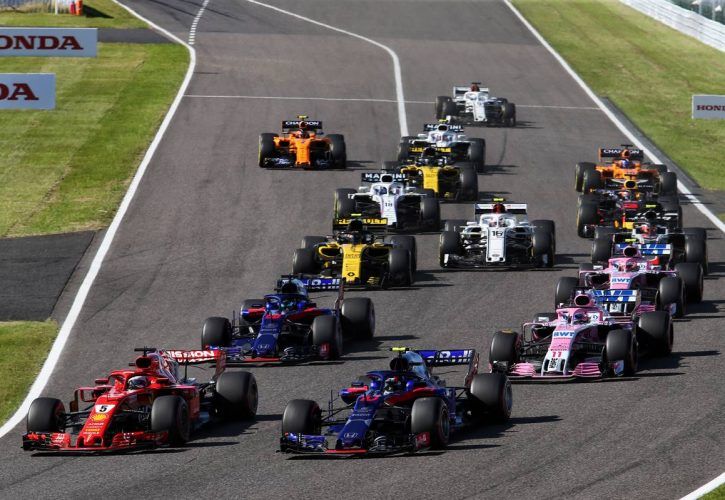
F1 engineer Pat Symonds says the relevant use of simulation and artificial intelligence can help Formula 1 make "more rational decisions" when fundamental rules changes are envisioned.
Symonds was recruited in 2017 by F1 director of motorsport Ross Brawn to help with the research and writing of Grand Prix racing's future set of rules which will be introduced in 2021.
In F1's quest to improve the spectacle of racing, simulation has become a valuable tool to evaluate rule changes.
To explain the benefits of sim software and A.I., and how they are applied, the former Benetton, Renault and Williams technical director offered a case study involving a potential change of F1's traditional grid formation.
"Things are very fundamentally different in F1 now. When we make changes they’ve got to be based on evidence," Symonds said, speaking at last weekend's Autosport International Show.
"We do want to make our decisions based on evidence and sometimes that’s quite difficult.
"Looking at the grid layout, in the ‘60s, there were a lot of cars side by side and over the years we’ve moved to this eight metre staggered grid formation.
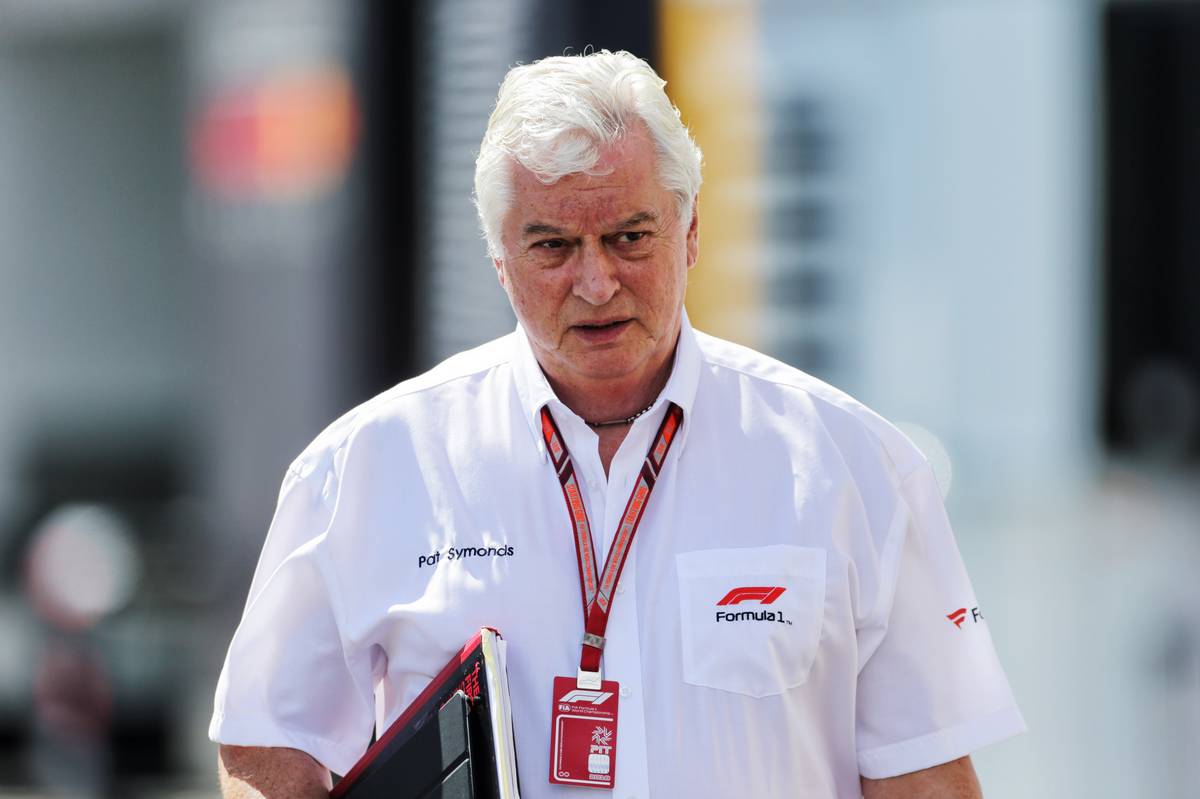
"We ask ourselves the question, what would happen if we move the cars closer together and have them side-by-side again, maybe two by two. Would we get a more exciting first lap with closer racing or would we just get more accidents?
"When you want to simulate something like that for a physics problem, you get a trivial answer.
"If you start cars closer together and they accelerate at the same rate, they arrive at the first corner together, that’s not what you want to know.
"What we want to know is what’s going to happen, so we build a simulation to use as artificial intelligence but so we can also put a human in. So we can actually have 19 AI cars racing one human and then we can start to run say 50 races.
"We can say ‘OK when we did this to the grid, we got three percent more accidents, we got five percent more passes, we got 20 percent more side-by-side action.’"
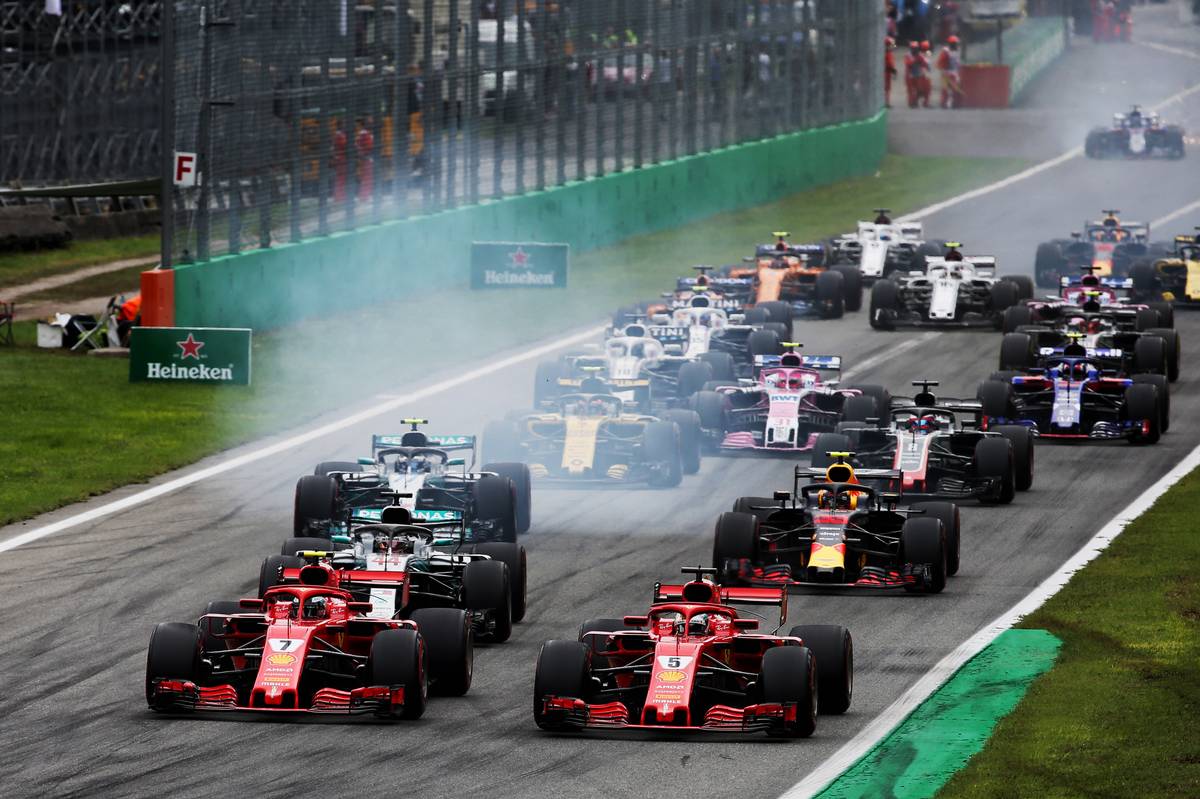
For Symonds, backing up potential changes with science will help F1 avoid the pitfalls linked to on-the-whim decisions, such as when the sport opted to modify its qualifying format in 2016, an ill-inspired move that was reversed after two races.
"We can make more rational decisions rather than knee-jerk," contended Symonds.
"I think everyone remembers the farce of 2016 qualifying when just a few weeks before the start of the season someone decided to change the qualifying format.
"Even though the teams said ‘this isn’t going to work and is wrong,’ it still went ahead.
"We want to get away from those bad old days and work in a more scientific manner."
Gallery: The beautiful wives and girlfriends of F1 drivers
Keep up to date with all the F1 news via Facebook and Twitter



